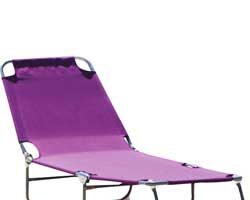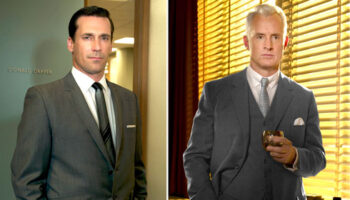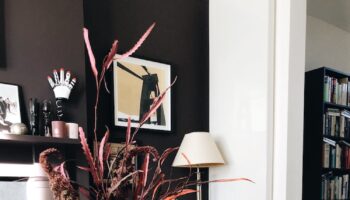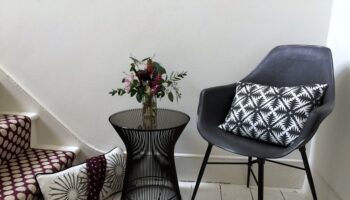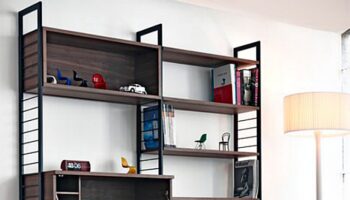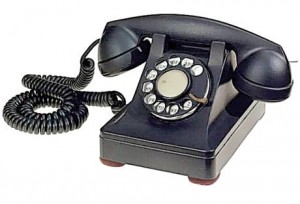
In 1951, the question “Are you on the phone?” meant did you own a telephone, not were you busy nattering, texting or tweeting on it. In those days a mere 1.5 million households could answer in the affirmative. By the end of the decade, half of the UK was connected – in contrast with the 75 per cent who owned televisions by then.
Back then if you wanted a telephone you had to rent one from the GPO (that’s the General Post Office by the way), who had a monopoly on all the phones.
The earliest telephones, dating from the 1920s, were known as the 200 series and were mainly made in black Bakelite. These are still sought after by collectors, but, as the cycles of fashion continue, it’s now the 700 series that everyone wants. This is the classic one that your granny probably had, with a turning dial and a bell.
There has been something of a mania for retro telephones over the last few years. Fuelled partly, no doubt, by our desire to hark back to an age when our lives weren’t dominated by the mobile or email phone. Not to mention the fact that we are finally fed up of multi-room cordless phones – they are never where you left them. Plus, it’s bad enough trying to find the house keys without chasing several ringing telephones as well.
The 700 series, which was referred to by the GPO (in Cholmondley-Warner tones) as “A Modern Telephone”, came in seven colours including black, red, green, blue and ivory. But two thirds of customers chose black or ivory. This was because changing phones meant you had to return yours to the GPO and wait for them to supply you with another in your choice of colour, which was a lengthy process. You can still buy these phones on eBay, and companies such as Firebox are buying old ones and reconditioning them before selling them on.
But if you really want to get ahead of the crowd, you need a TrimPhone from the 1960s. The Tone Ringer Illuminated Model was designed by Martin Rowlands in 1964 as a luxury phone that would cost more to rent. In addition to its more modern design, the handset lay vertically instead of across the top of the base.
Steven Braggs, owner of Retrowow.co.uk, who sells TrimPhones, says: “It had an electronic warbler instead and its illuminated dial glowed in the dark. It also had a really long lead so you could walk around the house and talk.”
“It’s all part of the current fashion for the 1960s – just look at the popularity of Mad Men. Donald Draper and all the men in the office would have used the 200 Bakelite.” Whereas Betty, in the first series, had Princess in her kitchen – the one with the very long cord.
Of course, if you do buy a retro phone you will also need to buy an address book as it won’t store all your numbers, and be prepared to start reciting your telephone number in a very posh voice when you pick it up. You won’t be able to help yourself.
first published in The Independent

